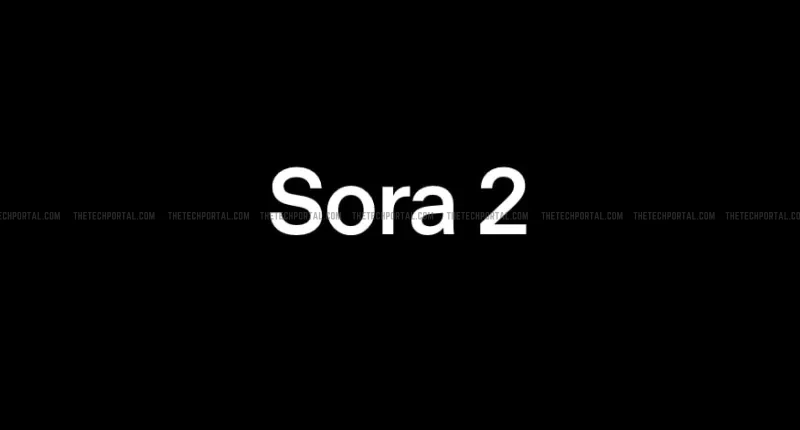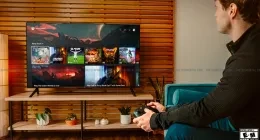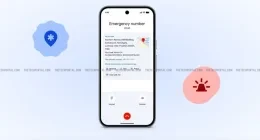OpenAI has introduced Sora 2, its latest AI model for generating videos from text prompts. Sora 2 is capable of generating videos of up to 10 seconds in length, complete with synchronized audio and realistic motion. Along with the latest AI model, the Sam Altman-led company has also launched a new iOS app called ‘Sora’, which allows users to create and share these AI-generated videos. The app is designed to function like a social media platform for short videos, allowing users to explore, create, and post content in a feed-style interface. It is currently available by invitation in the United States and Canada, with plans to expand access and release an Android version in the near future.
OpenAI says the Sora 2 model represents a major technological advancement in text-to-video AI. It uses a combination of diffusion models and transformer-based architectures to generate videos from user-provided text prompts. The process begins with noise in a compressed latent video space, which is then gradually denoised to create clear, high-quality frames. This approach allows the model to maintain physical consistency, meaning that objects move and interact in a realistic way across frames. The model also supports highly detailed visual outputs and integrates audio and dialogue in sync with the video, providing an immersive experience that closely matches the user’s prompt.
One of the most notable features of Sora 2 is its ability to include real people in videos through a feature called ‘Cameo’. This system allows users to grant permission for their likeness to be used, enabling AI-generated videos to feature familiar faces while respecting privacy. The Cameo system uses pose-aware synthesis and facial embeddings to replicate expressions and movements accurately without compromising the user’s control over their image. Users can upload photos or select themselves in the app to appear in videos.
“With Sora 2, we are jumping straight to what we think may be the GPT‑3.5 moment for video. Sora 2 can do things that are exceptionally difficult—and in some instances outright impossible—for prior video generation models,” the company said.
Now, coming to the Sora app, it acts as a social platform for AI-generated video content. Its interface is similar to popular short-form video apps (like TikTok, Instagram Reels and others), featuring a vertical scrolling feed and a recommendation-driven ‘For You’ page that highlights trending and personalized content. Users can create videos by typing text prompts, uploading images, or using the Cameo feature. Once generated, videos can be shared publicly or within selected communities.
The AI giant also claims that privacy and ethics are a priority on the Sora platform. Users must verify their identity and can control whether their likeness appears in AI-generated videos. The company also allows content removal for reported copyright or misuse issues. However, despite all such advancements, it is important to note that OpenAI is not alone in the text-to-video space. Its model competes strongly with other advanced models, like Google’s Veo 3 and Adobe’s Firefly Video.
The Tech Portal is published by Blue Box Media Private Limited. Our investors have no influence over our reporting. Read our full Ownership and Funding Disclosure →






